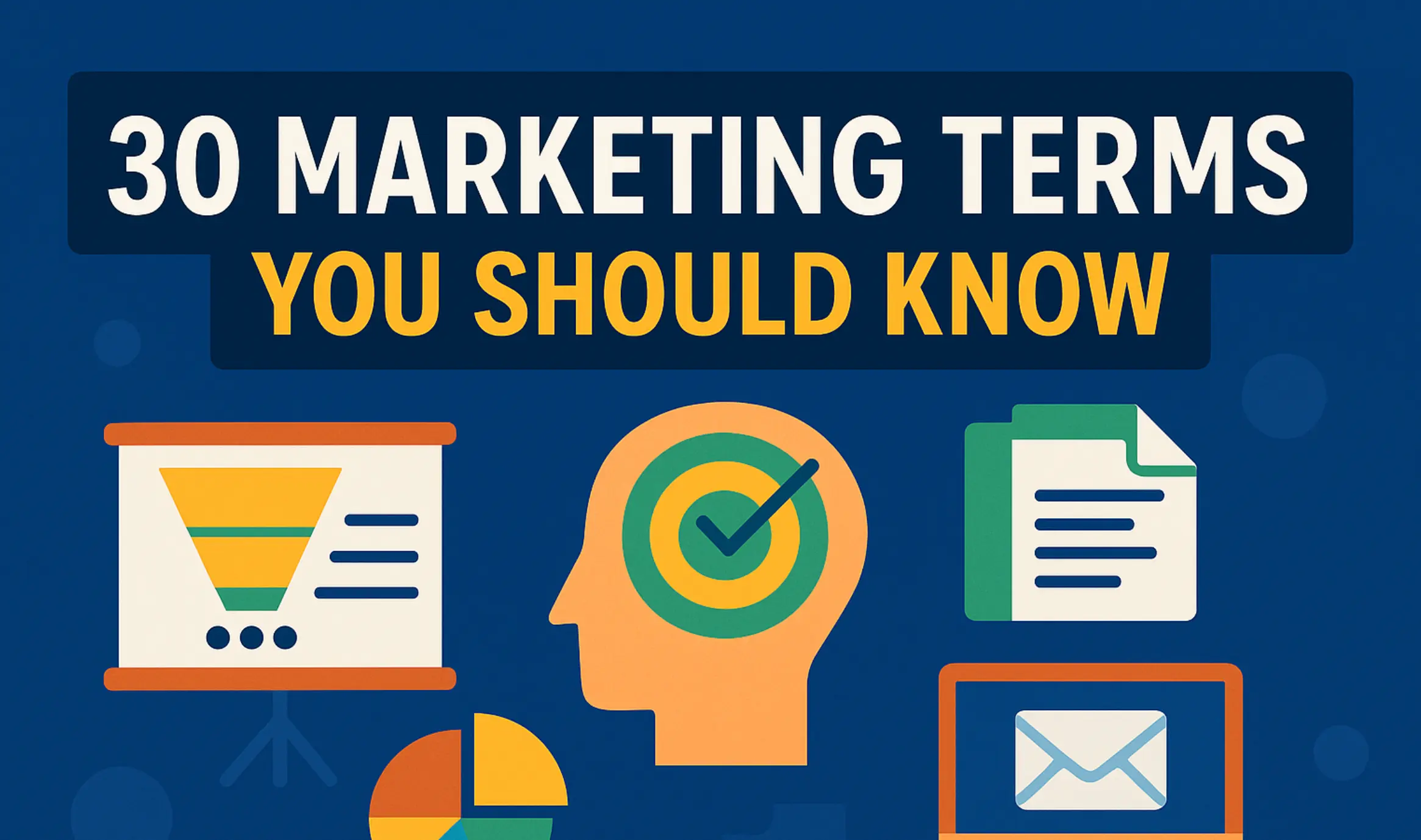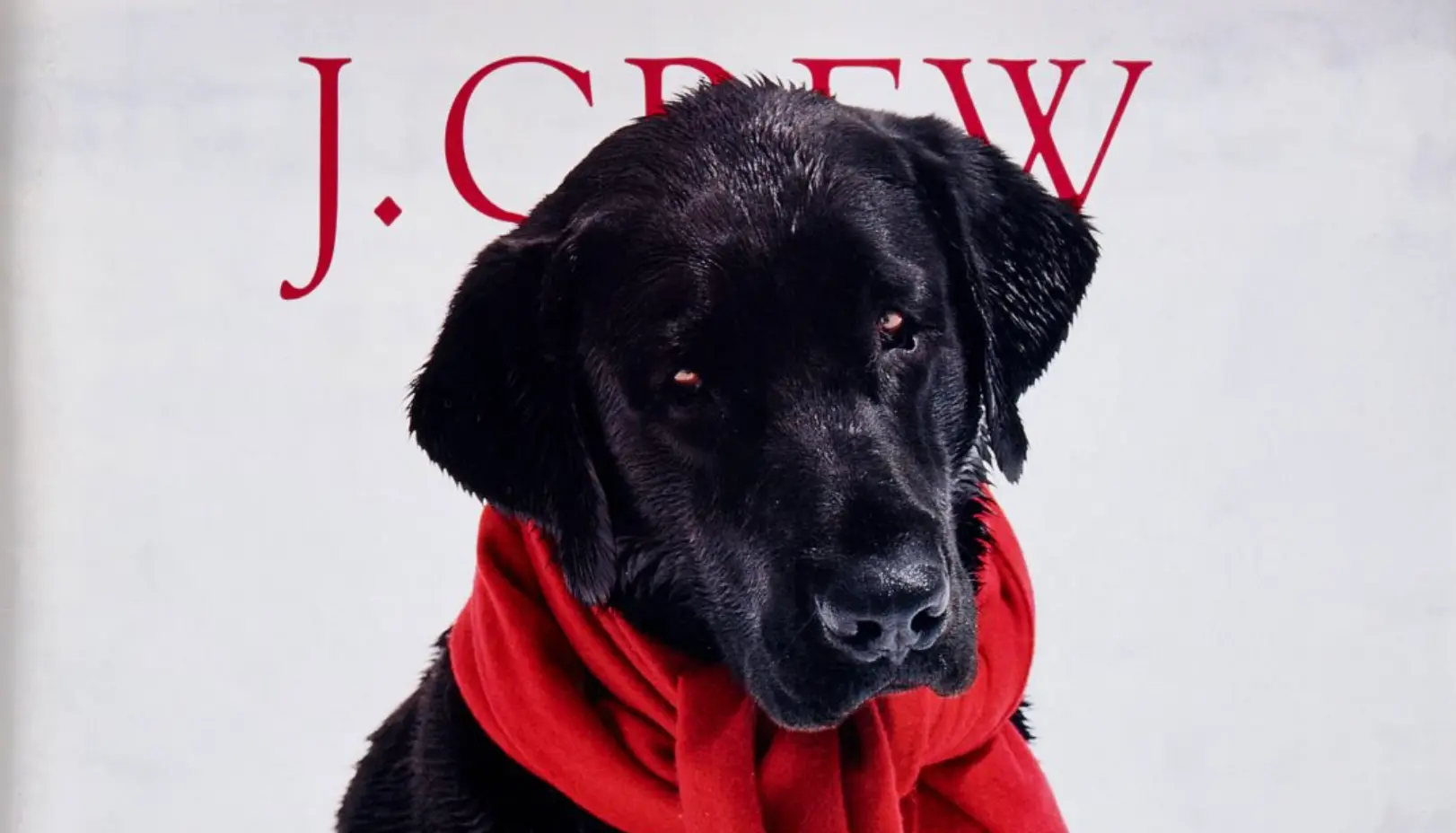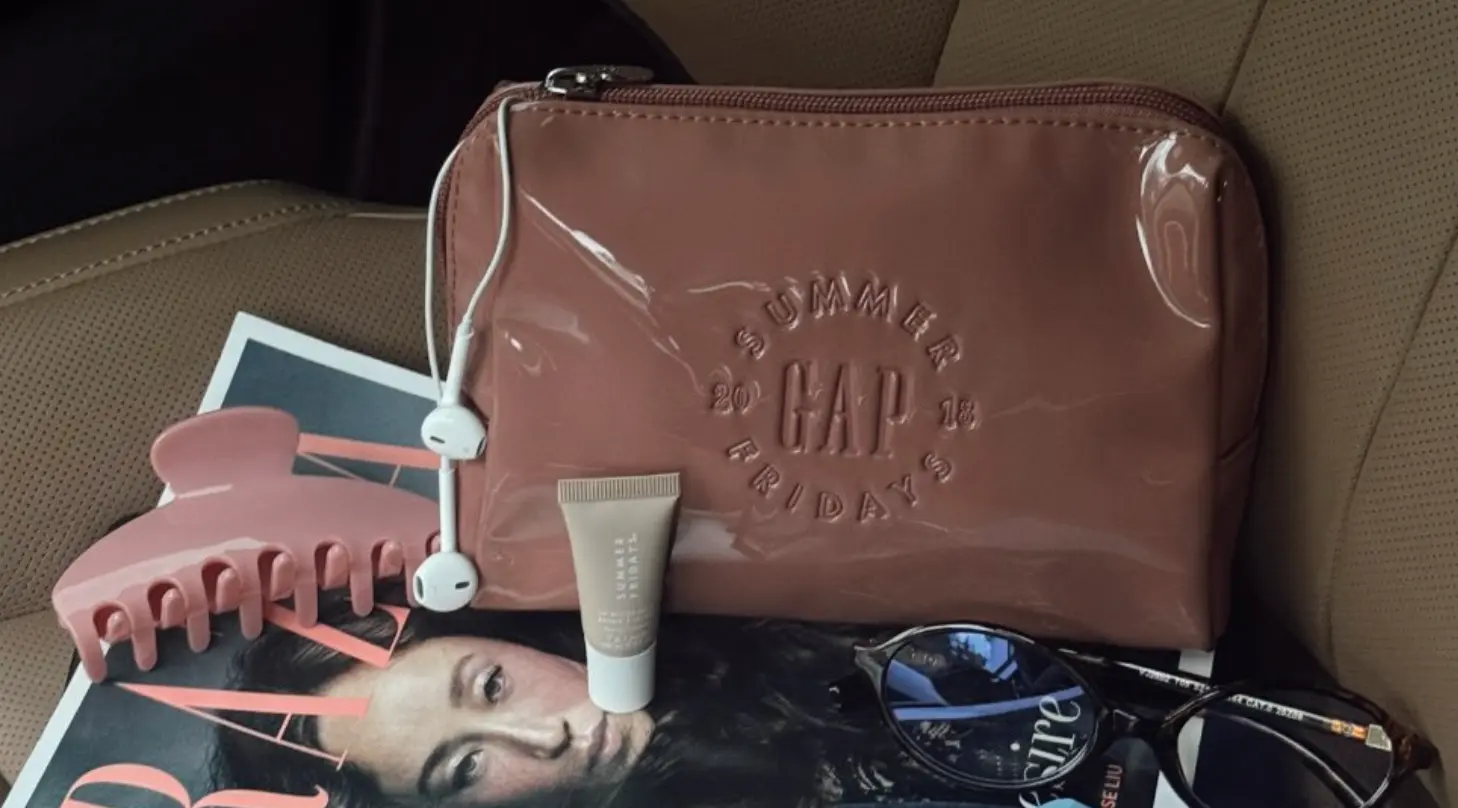Uncovering the Clever Secrets: 20 Logos With Hidden Meaning
Updated on
Published on

Logos with hidden meaning can do more than catch your eye—they engage your curiosity, spark “aha” moments, and strengthen a brand’s story. From negative space logo examples that form illusions, to visual puzzle logos hinting at brand heritage, these sneaky design touches go far beyond standard marks. Creators often embed playful imagery or subtle typography nods to transform an ordinary emblem into a conversation piece. Why? Because a bit of mystery fosters deeper emotional bonds and lasting impressions.
Below, we’ll explore 20 famous logos with hidden symbols that illustrate how designers hide meanings in logos—some well-known like the FedEx arrow, others more surprising, such as “MOM” inside Wendy’s collar. With each brand, you’ll see how branding with subliminal messages can reinforce business values or connect to local heritage. Consider this your personal tour through the best hidden meaning logo designs 2025, unveiling the secrets that elevate these marks from everyday to iconic.
1. Wendy’s
Wendy’s stands out among hidden meaning logos thanks to the subtle “Mom” encoded in the collar of the redheaded girl. The design choice conjures up images of home cooking, complementing Wendy’s emphasis on fresh, comforting food. Though easily overlooked at first, this hidden text cements the brand’s friendly, family-oriented vibe. It’s a playful nod to the chain’s origins, started by Dave Thomas with a vision of homestyle meals. By tucking warmth and familiarity into the logo, Wendy’s ensures customers feel right at home when they spot the trademark pigtails.
The word “Mom” is hidden in the collar, reinforcing the brand’s homestyle cooking theme.

2. Beats by Dre
This brand’s bright, minimal mark ranks among 20 famous logos with hidden symbols for how cleverly the “b” doubles as a head wearing headphones. On the surface, it’s just a neat letter design, but that small tweak resonates with the brand’s entire identity—premium audio gear for music lovers. The designer’s choice keeps the logo simple yet instantly recognizable. Each time you see that curved shape, you’re reminded of the iconic headphones Dr. Dre popularized. By merging function and simplicity, Beats keeps its core product front and center, even in a minimalist logo.
The “b” doubles as a head wearing headphones, aligning with its audio brand identity.

3. Gillette
Gillette’s wordmark seems ordinary until you notice the tiny cuts in the letters “G” and “i,” referencing razor-thin precision. This nod to branding with subliminal messages puts Gillette’s main selling point—clean, close shaves—directly into its typography. The slim but meaningful detail signals that Gillette doesn’t compromise on accuracy, mirroring the exactness customers want from a shaving tool. Such an understated approach adds depth to a logo that might otherwise look straightforward, and it keeps the brand’s razor-focused identity on display.
The sharp cuts in the letters “G” and “i” symbolize razor precision and close shaves.

4. FedEx
The FedEx arrow secret often tops lists of logos with hidden meaning for its subtle brilliance. Wedged between the “E” and the “x,” that arrow symbolizes swift deliveries and forward momentum. Many people miss it at first, but once you see it, it’s impossible to forget. It’s a fitting metaphor for a shipping company built on speed and reliability. This clever negative-space concept underscores how design can inject a brand’s purpose into the simplest of shapes, ensuring FedEx stands out among global couriers.
The hidden arrow between the “E” and “x” represents speed and efficiency in deliveries.

5. Apple
Apple’s bite stands out as one of the negative space logo examples. Designer Rob Janoff removed a chunk from the apple shape partly to distinguish it from other fruits, and also to nod to the tech pun “byte.” That single detail transformed a generic silhouette into a memorable icon. The bite connotes knowledge, playful curiosity, and the brand’s innovative streak. Over time, that silhouette has come to represent user-friendly tech and boundary-pushing ideas—no text necessary.
The bite in the apple plays on the tech pun “byte”, symbolizing knowledge and innovation.

6. Pinterest
Pinterest’s letter “P” disguises a pushpin shape, firmly inserting this brand among logos with hidden meaning. This subtle twist directly references the act of “pinning” your favorite ideas or inspirations. Though the logo reads as a normal “P” at first glance, noticing the pushpin clarifies the brand’s core function—visually bookmarking content. It’s a miniature illustration of what the site does, offering an instant reminder that Pinterest is all about collecting images you care about.
The “P” is shaped like a pushpin, reflecting the platform’s pinning and saving features.

7. Amazon
Amazon’s minimal wordmark is one of the famous logos with hidden symbols that elegantly includes a smile-like arrow from “A to Z.” That arrow underscores Amazon’s aim to carry practically everything—from A to Z—while also suggesting happiness or “smiles.” This dual symbolism captures product variety plus user delight, all in one curved line. It’s a masterstroke of branding that encourages shoppers to see Amazon as a place where they can find anything under the sun.
The arrow from A to Z signifies product variety and customer satisfaction (smile).

8. Baskin-Robbins
This ice cream giant features “31” hidden in the pink and blue “BR,” referencing its original 31 flavors—one for each day of the month. Although the brand now has dozens more flavors, that 31 endures as a nod to heritage. Every time a customer spots the emblem, they recall the brand’s playful promise of variety and fun.
The “31” in the logo represents its original 31 flavors, reinforcing brand heritage.

9. Toblerone
People often talk about Toblerone’s mountain graphic, but the real surprise is the bear outline hidden inside. This marks it as one of the visual puzzle logos, referencing Bern, Switzerland—nicknamed the City of Bears—where the chocolate originated. By featuring a hidden bear, the brand pays homage to local culture while distinguishing its triangular chocolate as a Swiss icon.
The hidden bear in the mountain symbolizes Bern, Switzerland, the brand’s hometown.

10. Adidas
Adidas’ three stripes angled like a mountain shape highlight the uphill challenges athletes face. While originally just stripes, the brand’s pivot to a “mountain” concept underscores the brand’s spirit of conquest. Subtle changes to those lines turned the logo into an emblem of resilience—a perfect synergy for a sports apparel company.
The three stripes form a mountain, symbolizing challenges and athletic achievement.

11. Versace
The head of Medusa in Versace’s symbol infuses mythological allure—indicating seductive power and boldness. Gianni Versace drew from ancient Greek art, believing Medusa’s enchanting presence mirrored the brand’s ability to mesmerize. This blend of classical culture and modern couture keeps Versace’s emblem at the luxury end of logos with hidden meaning, capturing the brand’s high-fashion edge.
Medusa’s head reflects ancient mythology and power, aligning with the brand’s luxury and allure.

12. Levis
Levi’s “batwing” shape references the stitching on the brand’s iconic denim pockets. This understated tie to heritage reminds consumers that Levi’s practically invented modern jeans. The brand cleverly shrinks that elaborate design to a minimal “batwing,” ensuring the company’s 100+ years of history remain visible in any context.
The batwing shape mirrors the stitching on Levi’s jeans, reinforcing its denim heritage.

13. The North Face
The North Face includes three curved lines shaped like Half Dome in Yosemite National Park. This subtle nod places the brand’s identity firmly in outdoor adventure. That minimalistic outline reminds hikers and climbers of the giant granite peak, symbolizing the heights The North Face gear helps them conquer.
The North Face – The curved design represents Half Dome in Yosemite, a nod to outdoor adventure.

14. LG
LG’s circle shows an L and a G, but it also forms a winking face—a warm approach that sets it apart among tech logos with hidden meaning. This friendly façade implies that LG’s gadgets revolve around human experiences, not just raw specs. By blending brand initials into a smiling face, LG invites customers to see electronics as approachable and user-friendly.
The “L” and “G” form a smiling face, making the brand more friendly and approachable.

15. Tostitos
Tostitos’ central “T’s” look like two people sharing a chip over the dot of the “i” (which doubles as a bowl of salsa). This captures the brand’s social, party vibe—chips are rarely eaten alone. That subtle imagery cements Tostitos’ focus on bringing people together, one dip at a time.
The two “T’s” look like people dipping a chip into salsa, symbolizing shared experiences.

16. Hershey’s Kisses
Hershey’s Kisses is an iconic confectionery brand, but few notice that between the “K” and “I” in “Kisses” lies a tiny chocolate shape. It’s part of the reason Hershey’s ranks among 20 famous logos with a hidden meaning, sneaking a tribute to their signature candy into the text. The creative use of negative space cleverly references the bite-sized treat, so fans subliminally recall Hershey’s unique silhouette. This hidden flourish underscores how subtle design choices can unify text and product in a memorable way.
The negative space between “K” and “I” forms a hidden chocolate kiss shape.

17. Galeries Lafayette
As one of France’s premier department stores, Galeries Lafayette boasts a fancy script, yet also nestles the Eiffel Tower in the letter “f.” This playfully points to the store’s Parisian heritage. Visitors from around the world interpret that iconic shape as a symbol of France’s style and grandeur, setting the store apart as quintessentially French. Though the mark appears sleek at first glance, once you spot the tower, it cements the sense of shopping in a sophisticated, culturally rich environment.
The letter “f” subtly forms the Eiffel Tower, tying it to Parisian heritage.

18. Nike
Nike’s swoosh is universally recognized, but its hidden meaning lands it among 20 famous logos with a hidden meaning. The curve evokes the wing of the Greek goddess of victory—Nike—tying athletic triumph to every product. This lean, energetic shape stands for motion, speed, and the unyielding pursuit of goals. Marketing genius emerges in how simply it captures the brand’s essence. Each time you see that swoosh, you’re reminded that success and determination rest at the heart of Nike’s mission, delivering an enduring motivational symbol for athletes worldwide.
The swoosh represents the wing of the Greek goddess Nike, symbolizing victory and speed.

19. Goodwill
Goodwill’s logo resembles a smiley face, yet the large dot also doubles as a stylized letter “g,” affirming it as part of the logos with a hidden meaning. The face exudes optimism, fitting Goodwill’s mission of helping communities through thrift and recycling. By merging an uplifting expression with the brand initial, Goodwill connects that sense of positivity to its donation-based operations. It’s a simple but endearing statement that encourages people to think of charity not as an obligation, but a joyful, collective effort to repurpose and uplift.
The “g” doubles as a smiling face, reinforcing positivity and the brand’s charitable mission.

20. NBC
NBC’s peacock is more colorful than ever, for its rainbow of feathers. Each hue represents a division of the network, while the bird itself nods to the brand’s pride in its color TV heritage from decades ago. The idea was that NBC was “proud as a peacock” about broadcasting in color—a major innovation at the time. Even today, that multicolored plume exudes vibrancy, linking NBC’s identity to diverse programming and a spirit of bright, forward-focused storytelling.
The peacock and colorful feathers represent pride in broadcasting and variety in programming.

Logos That Say “No More Hiding”
From family-oriented fast food to high-end couture, these 20 examples of logos with hidden meanings demonstrate how subtle design can transform a simple emblem into a visual puzzle or story. Whether by sneaking in extra shapes through negative space logo examples or referencing local heritage with a hidden letter, each brand harnesses little “Easter eggs” to reward observant viewers. That moment of discovery forges an emotional hook, fostering brand loyalty and memorability.
How designers hide meanings in logos often involves negative space, letter manipulations, or mythological references. Such details not only amuse consumers but also convey brand identity—whether that’s Wendy’s maternal warmth or Apple’s bite of innovation. Branding with subliminal messages can deepen connections, turning a generic mark into a conversation starter. Next time you spot a well-known logo, ask yourself if there’s more to see—because as these visual puzzle logos show, first impressions might only reveal half the story.
FAQ: Hidden Meaning Logos
1. What is a logo with a hidden meaning?
A logo with a hidden meaning is one that sneaks in a secondary message or visual, often via negative space logo examples or dual imagery. It might be a subtle symbol, a nod to brand heritage, or a hidden letter that references the company’s product, mission, or story.
2. Why do brands use hidden meanings in their logos?
Brands use hidden meaning logos to engage audiences on a deeper level. That little “aha” moment fosters brand loyalty and sparks word-of-mouth. It also creates an emotional tie, showing off creativity and reinforcing the brand’s narrative without cluttering the design.
3. How do designers create logos with hidden meanings?
They employ techniques like negative space (where the background forms a shape), letterform tweaks, or layering shapes. This approach ensures the primary design reads clearly but reveals an extra symbol or message if you look closer. It’s about merging simplicity and cleverness.
4. What are some famous examples of hidden-meaning logos?
High-profile logos include FedEx’s arrow, Wendy’s “Mom” collar, Amazon’s A‑to‑Z smile arrow, and Toblerone’s hidden bear in the mountain. These famous logos with hidden symbols are widely cited for how they embed subtle brand references.
5. How can I spot a hidden meaning in a logo?
Look for unexpected shapes or double images in negative space. Sometimes the brand name or tagline hints at what’s hidden. If you suspect the design might contain a second form—like a pushpin in Pinterest—zoom in or outline shapes mentally to see if anything stands out.
6. What makes a hidden-meaning logo effective?
It’s successful if the hidden element is relevant to the brand’s identity, is clever but not forced, and doesn’t interfere with the main readability. Best hidden meaning logo designs 2025 strike the perfect balance: the secret message rewards curiosity while the overall logo remains impactful at a glance.







